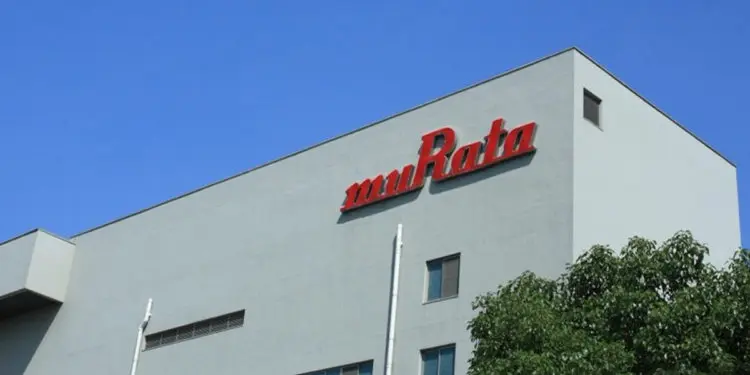Murata Manufacturing Co., a leading Japanese manufacturer of ceramic passive electronic components, particularly Multi-layer Ceramic Capacitors (MLCCs), plans to invest JPY 45 billion (US$305 million) to boost MLCC production capacity in China’s Jiangsu province, marking its largest investment, Nikkei reported.
The investment will go to the company’s Chinese subsidiary Wuxi Murata Electronics Co., with construction set to begin in early November and finish in April 2024. However, the exact production capacity after completion remains unknown.
As the MLCC demand from smartphones drops, the company expects EV and 5G smartphones to be the next growth drivers in the mid-to-long term. Currently, a single vehicle uses approximately 3,000 MLCCs, but the electrification of automobiles, combined with the need for autonomous driving, will drive the number of MLCCs needed to more than 10,000 per vehicle. Apart from EVs, 5G smartphones and IoT sensors will also drive MLCC demand, and Murata looks to increase MLCC production capacity by 10% annually to accommodate the growing demand, which will see MLCC market size reaching US$26.6 billion in 2027 from the current size of US$14 billion, according to data from Global Information.
Apart from China and Japan, Murata also produces MLCCs in the Philippines and Thailand. In 2021, the company invested JPY 12 billion to add new capacity to its production site in Thailand, and another JPY 16 billion was invested in its site in Japan’s Okayama Prefecture. In March 2022, Murata also invested JPY 12 billion to build a new production site in Shimane Prefecture, Nikkei reported.
As of fiscal 2021, China and Taiwan accounted for 54.9% of Murata Manufacturing’s revenues, while Japan accounted for 9.1%. Other Asian countries together accounted for 15.6% of its revenues, while North America and Europe respectively accounted for 11.4% and 9% of the company’s revenues.
Before March 2025, which marks the end of fiscal 2024, Murata Manufacturing Co. aims to invest JPY 640 billion on equipment, while its equipment investment is expected to reach JPY 210 billion in 2022, according to Nikkei.






























